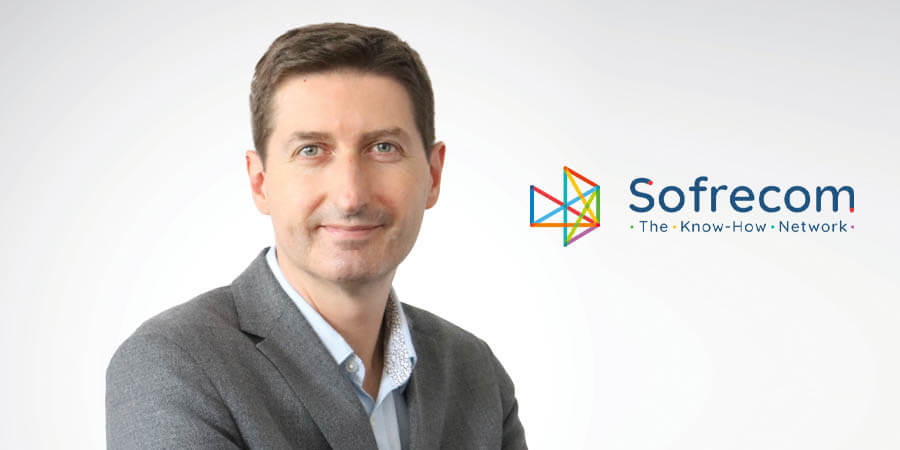In this informative article, Davy Letailleur, CTO, Sofrecom Group, a Gold Sponsor for the 17th Telecom Review Leaders’ Summit, shares the company’s various solutions that are aimed at addressing the sustainability and energy-efficiency agenda.
The digital sector currently contributes 3.8% of global greenhouse gas emissions, a figure expected to escalate with growing usage. However, each technological transition presents an opportunity to enhance energy efficiency and minimize carbon impact.
Sofrecom helps operators create a more inclusive and sustainable digital world with a definition of their green strategy based on world industry best practices and trends.
Optimizing the Energy Efficiency of Infrastructures
The eco-efficiency of data centers is measured by their Power Usage Effectiveness. Today, data centers contribute more than 16% and networks 5% (ADEME-ARCEP 2022 study). Some emerging technologies, allowing natural cooling and air conditioning, significantly reduce this PUE: free cooling, liquid cooling or adiabatic cooling. The waste heat generated can be reused to heat homes with an adaptation of existing heating networks. Finally, the deployment of 400-volt DC power supplies guarantees better efficiency than 220-volt AC or 48-volt DC power supplies. On the measurement side, AI can help analyze data center consumption to manage resources and improve PUE.
The choice to rely on containerized solutions in a native cloud should be considered, enabling greater flexibility of resources. Cloud solutions may also rely on edge computing to host frequently requested data as close to the user as possible and centralize other data in a central cloud hosted in hyper-efficient data centers.
The management of shared networks consumed on demand, known as “Network-as-a-Service” (NaaS), will help to go beyond current practices of sharing infrastructures between several operators (FTTH networks, passive mobile infrastructures, power supply infrastructures, etc.).
The transition from one network generation to another brings on a mid-term gain in energy efficiency, but the right decision to switch must consider carbon impact with a life cycle analysis; the phasing out of 2G and 3G technologies and the move from copper to fiber are currently delivering significant gains.
Intelligent solutions such as IoT smart meters, Big Data energy management and deep sleep mode antennas can help reduce energy bills and contribute to decarbonization ambitions. But other new solutions are coming with 5G SA, such as “slicing,” which offers different qualities of service depending on needs (reliability, bandwidth, latency) and allows optimization in real-time to evolve towards low-carbon networks thanks to AI operations.
Producing Electricity From Renewable Energy Sources
To free itself from fossil fuels, the telecom sector is betting on solar energy with the construction of photovoltaic farms that can cover 20–70% of electricity needs, depending on the geography. However, in terms of life cycle analysis, the electricity produced from photovoltaic panels is not yet carbon neutral, as the manufacturing and management of the end-of-life of the panels are energy intensive. As for wind power, it proves effective only for powering mobile sites on buildings over 50 meters; hence, few sites are eligible.
Engaging in the Circular Economy
The circular economy is the cornerstone of reducing carbon emissions, particularly in Scope 3. Sofrecom helps transform linear business models into circular models involving a responsible purchasing policy that challenges suppliers to integrate life cycle analysis of equipment from manufacturing to waste management, extending the life of equipment and working with the entire ecosystem to reduce the footprint.
In a forward-looking vision, blockchain could enable better management of the life cycle of each piece of equipment. Similarly, digital twins in the metaverse with tests in digital format could help reduce the carbon footprint.
At Sofrecom, we can help move from defining a CSR strategy to implementing it operationally; our approach is all-encompassing, based on interaction and co-construction.
